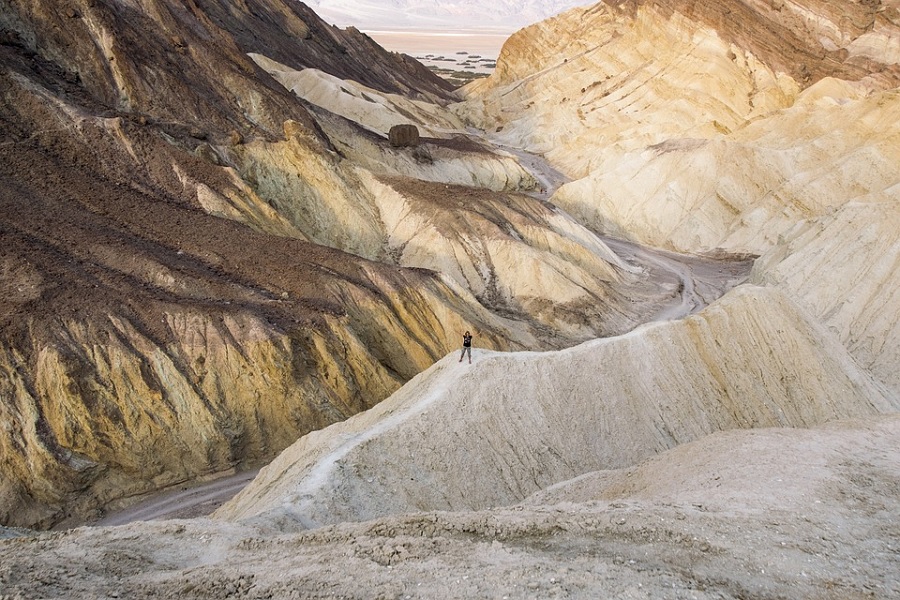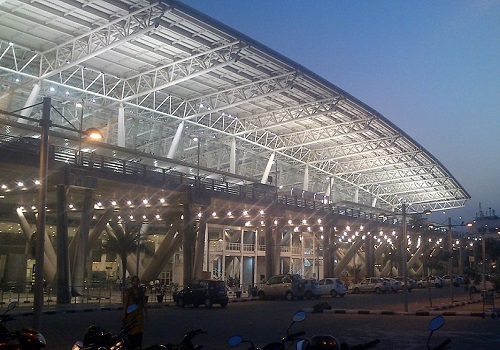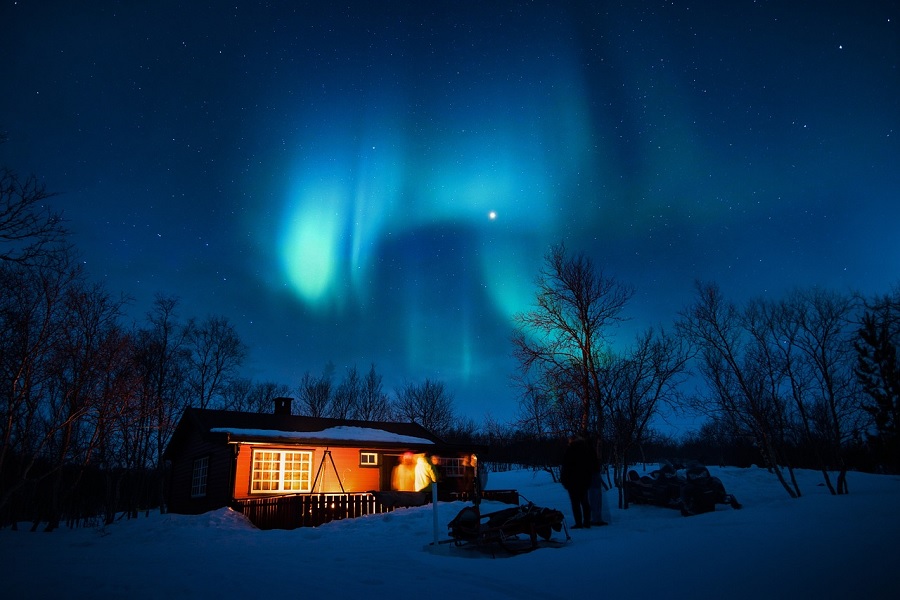Death Valley: Nature’s Sculpted Furnace

Amidst the sun-scorched terrain of eastern California lies a realm like no other — Death Valley. With its rugged brown mountains, cracked earth, and extreme climate, this desert expanse tells the raw, ancient story of our planet’s natural evolution.
Where Earth Meets Extremes
Death Valley is the hottest, driest, and lowest national park in the United States. The brown mountains that tower above the desert basin are not just barren — they are geological masterpieces, carved by millennia of wind, erosion, and tectonic shifts.
Their ochre, rust, and coffee-hued tones shift with the sun, painting a surreal canvas of shadow and texture.
What Makes It Unique
Badwater Basin
At 282 feet below sea level, it's North America's lowest point — a cracked salt flat surrounded by brown ridges that glow golden at dusk.
Zabriskie Point
A viewpoint that offers breathtaking panoramas of sculpted hills and valleys, including views of brown and beige mountain folds.
Artist’s Drive
Though famed for colorful hills, the surrounding brown ridges remind visitors of the desert’s dry, iron-rich base.
Life in a Harsh Landscape
Despite its name, Death Valley is full of life. Desert foxes, blooming wildflowers (during rare rain), and even bighorn sheep adapt to this challenging environment. The brown mountains act as both shelter and barrier, influencing wind patterns and rare water flow.
Photography Heaven
An image of Death Valley featuring brown mountains captures:
The heat haze rising from the valley floor
The texture of mineral layers
The stark beauty of desolation
It’s a favorite for photographers chasing dramatic contrasts between light and shadow, stone and sky.
Travel Tips:
Visit between November and March to avoid extreme summer heat.
Hydration is key — always carry more water than you think you need.
Sunrise and sunset offer the best light for capturing the hues of the brown mountain ranges.



















